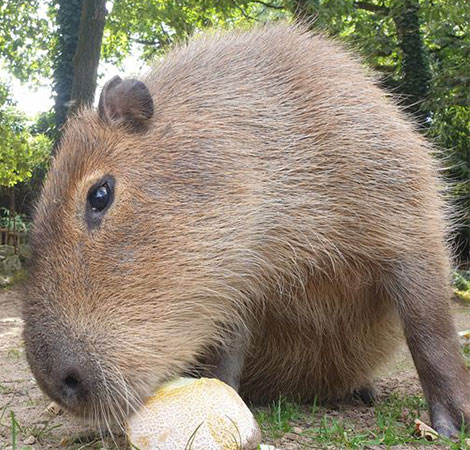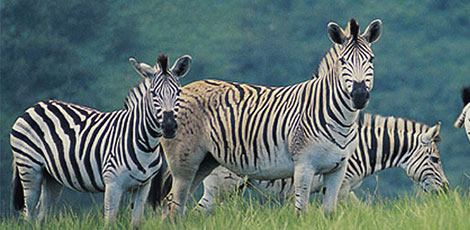
What influences animal welfare?


What influences
animal welfare ?
Many factors can influence the welfare of an animal in captivity. First of all the specific biological needs of the species to which the animal belongs will condition a certain number of aspects (e.g. diet, geographical origin, modes of communication, social organization, cognitive, etc). Added to this are the characteristics specific to the individual (e.g. personality, social status, age, health, etc.). Thus, individuals of the same species, who live together, in the same conditions, can be in different states of well-being.
The physical and social environment in which the animal evolves plays a primordial role. What opportunities and resources are available to the animal? Are they in line with their biological needs? The environment corresponds not only to the physical environment (eg building, enclosure) but also to the social environment (eg congeners, other species present, humans). The composition and stability of relationships with congeners, daily management by the animal team, the quality of the relationship with caretakers or proximity to visitors are all factors that can influence the well-being of an animal.
The capacity for control and choice that an animal will be able to exercise will strongly influence its state of well-being. Indeed, an animal must be able to decide as much as possible what it wants to do, where and when it can do it (eg: rest in a quiet place during the day when visitors are present). Consequently, the management of a zoo will strongly condition the capacity for control and choice that an animal will have. Human-dependent management that results in a highly controlled environment will reduce a number of risks (e.g. illnesses, injuries, etc.) but greatly limit the animal in the choices it can make. On the other hand, management based on the habitat and the adequacy of the environment with the physical and social needs of the animal will offer it many opportunities for control and choice (e.g. different microclimates, substrates, free interior access- outside, hiding places, etc.).
All of these elements (e.g., biology, environment, management) will themselves influence parameters such as physiology (e.g., stress, hormone levels), health (e.g., disease, injuries), behaviors that an animal may express (e.g., stealing) and the emotions it will feel (e.g., fear, contentment) . For example, a complex environment could be seen as a guarantee of positive well-being, but if it is not adapted to the physical capacities of the animal (e.g., aged animal), the latter will not be able to use in its entirety and/or express its entire behavioral repertoire, resulting in an animal that is bored, unstimulated, or even frustrated.

111
Committed professionals
380
Animals monitored
610
Assessments carried out
532
Total observation hours
